I just found out that when entering a negative x and a decimal y, Math.Pow() returns the not-defined value as result, which is wrong I guess. Calculating this in other programs, even like the windows Calculator works with a correct result. Also this case is not mentioned in the documentation.
Target Framework is 4.
Can anyone explain this?
